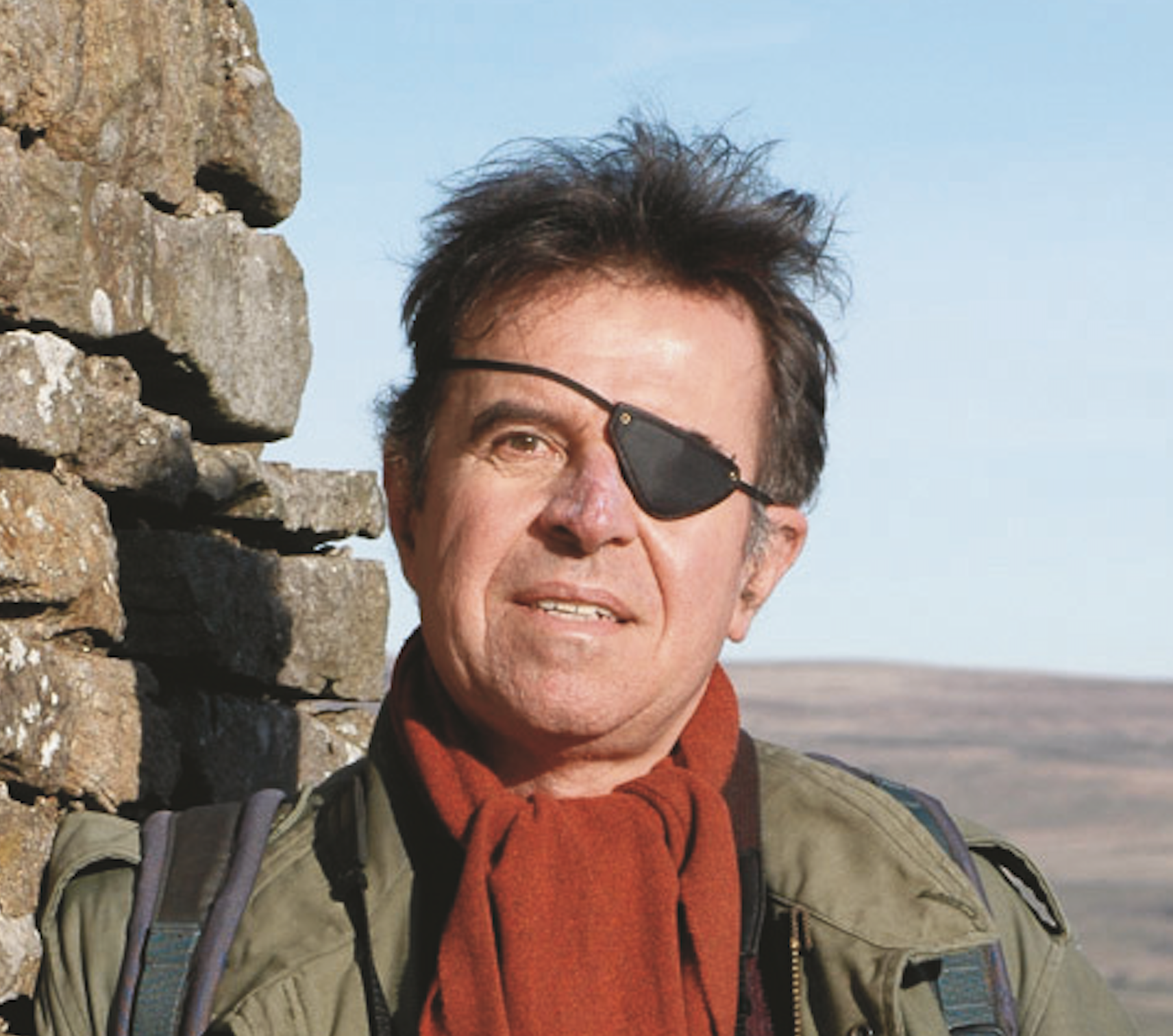Though we understand the main reasons why birds flock, some aspects of this phenomenon are still debated. Clearly, there’s safety in numbers – and not just because of the odds. Solitary individuals are easily picked off by predators, but in crowds many eyes watch for danger. The effort of finding mates is also reduced, and flocking may improve aerodynamic efficiency.
How do birds not hit each other when flying?
But how do vast numbers of fast-moving birds in close proximity co-ordinate changes of direction quickly and safely?
Each individual must follow three basic rules: move in the same direction as your neighbour, stay close to them, and avoid collisions. This relies on sensory systems that detect position and movement accurately, and on rapid responses that co-ordinate directional changes.
Studies have failed to find evidence of a single dominant leader – a master controller – and leadership changes frequently. Nevertheless, a single bird can alter the direction of a whole flock – and which bird that is can change during each movement.
Physicists studying starling flocks in Rome created three-dimensional images that allowed them to track individuals and the responses of their immediate neighbours. They demonstrated that each bird monitors its position by interacting with a sample of neighbours at varying distances. When any one of these changes direction, the studied subject follows suit and so, in turn, do other birds that are using it as one of their reference points. So changes in direction are propagated through the flock between individuals with overlapping points of reference.
This helps to explain why starling flocks comprising many thousands of individuals change as they do: bulging and contracting, elongating and shrinking in any direction for no obvious reason.
But how do they respond so quickly? The reaction time of birds has been measured at about 38ms – yet directional changes in flocks can occur in as little as 15ms.
In fact, birds that initiate large-scale movements alter direction in about 67ms; this creates a wave of directional change that is seen by others as it propagates through the flock, allowing them to anticipate its arrival. In this way, the flock reacts faster than the reaction times of startled individuals – including the bird that triggered the event.
